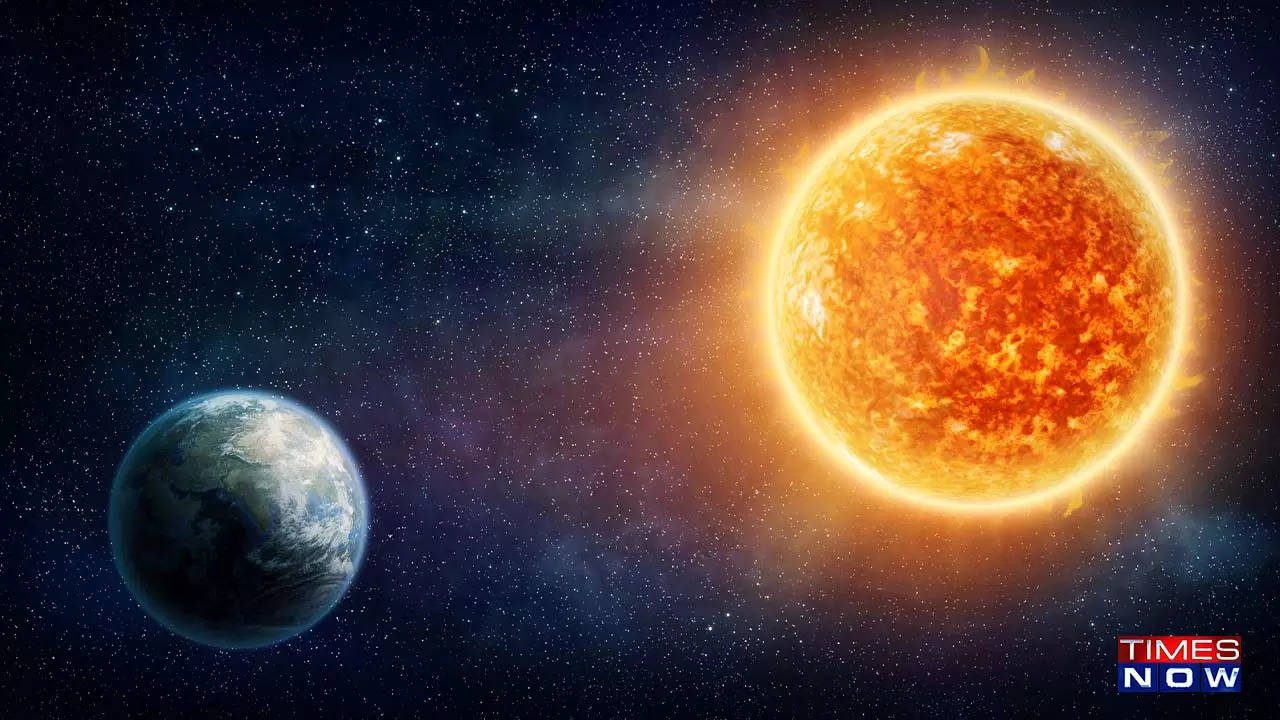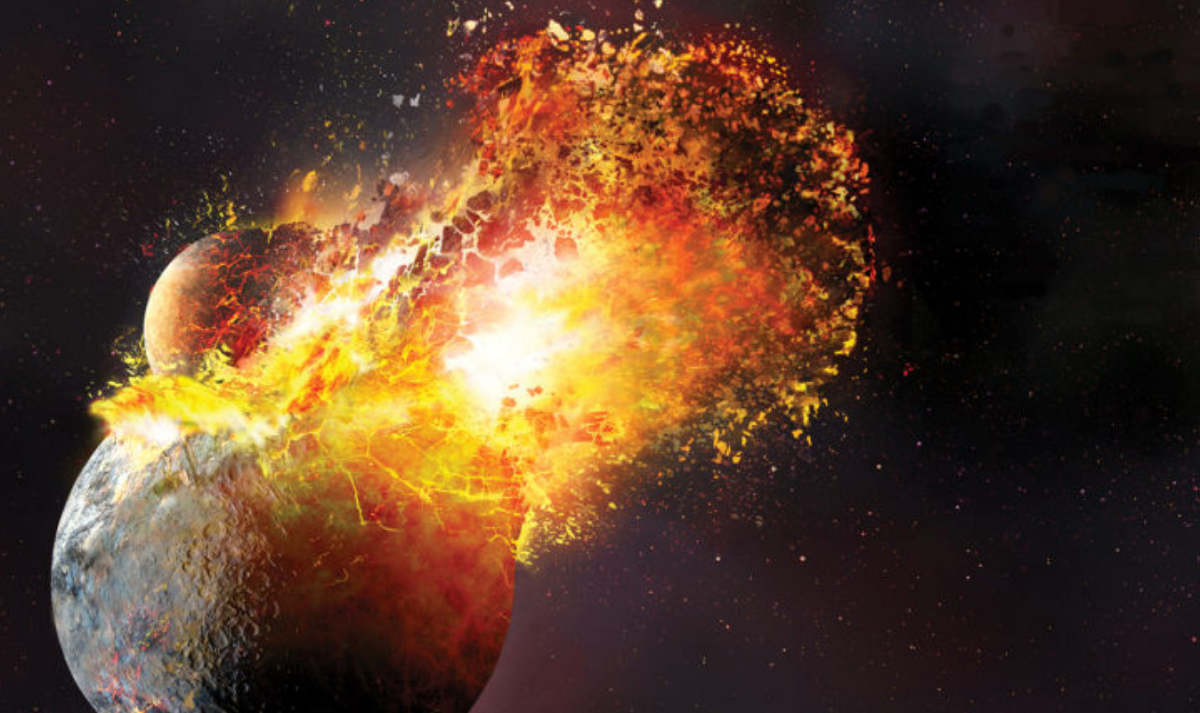The ESA team looked for stars that were like our Sun in ways like temperature, surface gravity, composition, mass, and diameter.
They found 5863 stars that fit what they were looking for. This also makes it more likely that we will find a planet like Earth among the 5863 stars that are similar to our Sun. This gives us hope that life as we know it will continue.

Scientists can now predict what will happen to the Sun, which is the star that keeps our solar system going. Even though we won’t be there to see it, it’s important to know what’s going on.
The European Space Agency’s (ESA) GAIA mission to map stars gives us a look into the future of the Sun by finding stars with the same mass and make-up and predicting how our Sun will grow in the future. Even though Earth won’t be around as long as the Sun, let’s find out what lies ahead.

We already know that “Nuclear Fusion” is what makes the Sun work. The Sun will keep getting hotter and hotter over the next few billion years, until its core runs out of hydrogen. After that, the core will get smaller and pull in hydrogen, making a shell made of hydrogen.
While the Sun’s core is working hard to get smaller, its outer atmosphere will start to grow a lot. So, Earth and Mars could be completely sucked into the Sun, turning it into a Red Giant.
As the Sun’s core runs out of hydrogen and helium, it will eventually throw off all of its outer material. This will form a planetary nebula while the core collapses into a white dwarf.
Even though this is based on how other stars have changed over time, it is very important for people on Earth to know how our planet and the Sun will change in the future.
The project GAIA
The ESA’s GAIA mission’s third and most recent data release (DR3) tells us more about the Sun’s life cycle. “One of the most important things that came out of this publication was a database of the properties of hundreds of millions of stars. Some of these features are their temperature, size, and the amount of mass they hold.”
The GAIA mission uses the Hertzsprung-Russell (H-R) diagram to combine accurate measurements of a star’s brightness and color as seen from Earth into a single diagram.

An HR diagram shows how a star’s effective surface temperature changes with its own brightness. In this way, it shows how stars change over the course of their long lives.
Even though a star’s mass doesn’t change much over the course of its life, the type of nuclear fusion going on in its core determines how much its temperature and size change as it ages. Our Sun is stable and in its middle age. It has been around for 4.57 billion years.
But as time goes on and the Sun ages, this balance will change. In this case, the most recent data (DR3) from the GAIA mission are useful.
Orlagh Creevey from France’s Observatoire de la Côte d’Azur and others from Gaia’s Coordination Unit 8 looked through the data to find the most accurate star observations the spacecraft could make. Because these stars are mostly like the Sun, whose surface temperature is 6000K, they focused their research on stars with surface temperatures between 3000K and 10000K. They can also tell us about the past of the Milky Way because they are the oldest stars in the Galaxy. Also, they give us hope that we will find planets outside our solar system.
The scientists then chose to only show stars with the same mass and chemical make-up as the Sun. Since they could change the age, the stars they chose made a line across the H-R diagram, which shows how the Sun has changed from the past to the future. It showed how the Sun’s heat and brightness will change as it gets older.
According to the research, our Sun will reach its hottest point when it is about 8 billion years old. After that, it will cool down, get bigger, and eventually become a red giant star when it is about 10 to 11 billion years old. When the Sun changes into a faint white dwarf, it will be the end of its life.
How long does Earth have left?
Earth has a lot less time left than the Sun. It only has 1 billion years left, while the Sun has 8 billion years left. This is because the Sun gets 10% brighter and hotter every billion years. Even though this increase may not seem like much, it will make Earth too hot for any kind of life to live on.
Orlagh and his colleagues looked for stars with the same surface gravity, composition, mass, and size as the Sun.
They found 5863 stars that fit what they were looking for. This also makes it more likely that we will find a planet like Earth among the 5863 stars that are similar to our Sun. This gives us hope that life as we know it will continue.
We don’t know if there is a planet that could support life right now, but we are looking.








